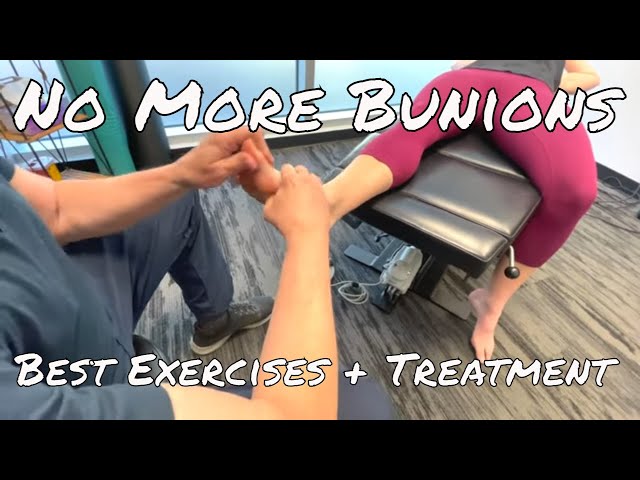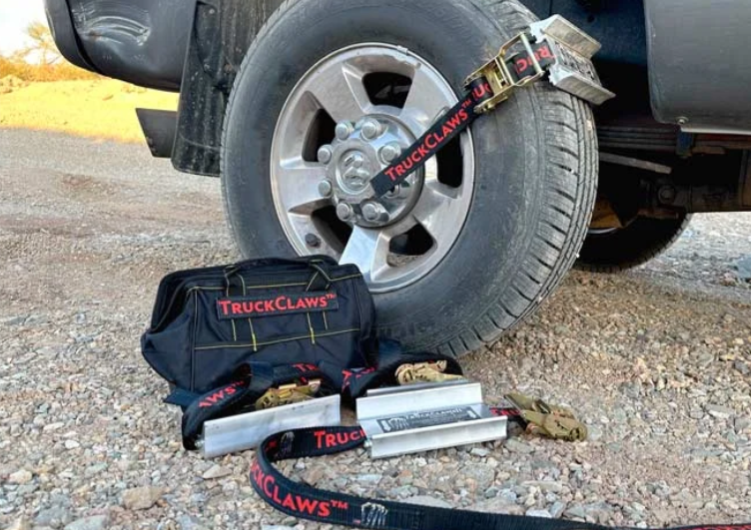(ThyBlackMan.com) If you have bunions, you know how painful they can be, especially during physical activities. Staying active is essential for your overall health, but bunions can make exercise uncomfortable or even unbearable. Fortunately, there are strategies you can use to reduce pain and stay active without further aggravating your bunions.
Here are some tips to help you relieve bunion pain during exercise.

Understand the Cause of Bunion Pain
Bunions develop when the bones in your feet become misaligned, causing the big toe to angle toward the other toes. This misalignment creates a bump on the side of the big toe joint, which can lead to inflammation, tenderness, and discomfort—especially when active. Exercise can increase the impact and pressure on this area, which often worsens the pain. By understanding the cause of bunion pain, you can take steps to minimize the pressure on this joint during your workouts.
Choose the Right Footwear
The shoes you wear during exercise are crucial in managing bunion pain. Look for shoes with a wide toe box to prevent your toes from being squeezed together, which can increase pressure on the bunion. Many athletic shoe brands now offer models specifically designed for people with bunions, featuring extra width and cushioning to reduce impact.
Additionally, consider using toe spacers for bunions that help realign the toes into their natural position. There are several options available on the market, and with an online search, you’ll find one that offers custom sizing features, such as Correct Toes. These devices can be especially helpful when paired with supportive shoes, as they work together to reduce friction and pressure on the bunion.
Warm-Up and Stretching
A proper warm-up is essential before any workout, especially if you’re managing bunion pain. Focus on stretches that target the toes, feet, and ankles to relieve tension and improve flexibility. Try simple toe stretches, ankle circles, and foot flexes to help loosen up the muscles and joints around your bunion. By increasing circulation and range of motion in your feet, you can reduce the risk of pain and inflammation during exercise.
Exercises to Avoid and Modify
Some exercises are more likely to aggravate bunion pain, especially high-impact activities like running or jumping. If you enjoy running, try switching to lower-impact alternatives like swimming, cycling, or rowing, which place less strain on your feet. If you’re committed to running, consider shortening your distance or running on softer surfaces to reduce impact.
For activities that involve standing on your toes, like yoga or certain types of dance, consider modifying your movements to avoid excessive pressure on the bunion. For example, focus on balancing on your heels rather than your toes when possible, and always listen to your body to avoid overloading the joint.
Strengthening Exercises for the Feet
Strengthening the muscles that support your feet can help improve alignment and alleviate bunion pain. Try exercises like toe curls, towel scrunches, and resistance band movements to build strength in the arches and around the bunion joint. Strengthening these areas helps distribute the impact more evenly, reducing strain on the bunion.
Post-Exercise Care
After working out, a proper cool down routine can help prevent bunion pain from flaring up. Stretch your feet and toes, use a foot roller to massage the area around the bunion, and try soaking your feet in warm water to reduce any inflammation. Ice packs can also be applied to the bunion to relieve soreness.
Consider Professional Advice
If bunion pain persists despite your best efforts, consider consulting a healthcare provider or podiatrist. They can recommend personalized treatments, such as custom orthotics or specific exercises tailored to your needs. A podiatrist can also assess whether toe spacers or other alignment tools are suitable for your particular condition, as well as provide guidance on long-term bunion management.
Conclusion
While bunion pain can be challenging, it doesn’t have to keep you from exercising. With the right combination of supportive footwear, proper warm-up routines, strengthening exercises, and post-exercise care, you can manage your bunion pain effectively. By incorporating toe alignment tools and listening to your body, you can stay active and comfortable, even with bunions. Remember that a few small adjustments can make a big difference in relieving bunion pain and keeping you on track with your fitness goals.
Staff Writer; Jacob Jones
















Leave a Reply